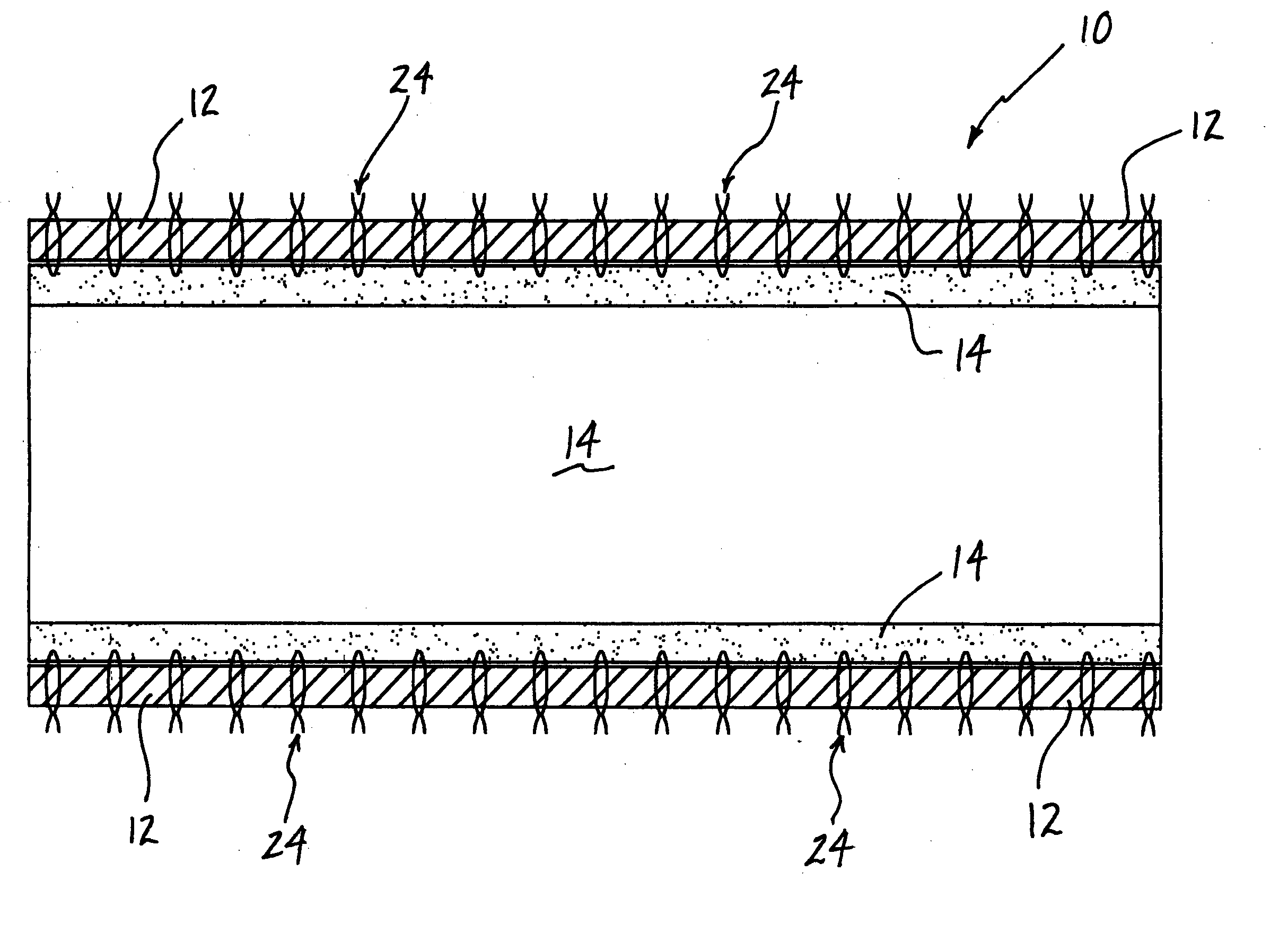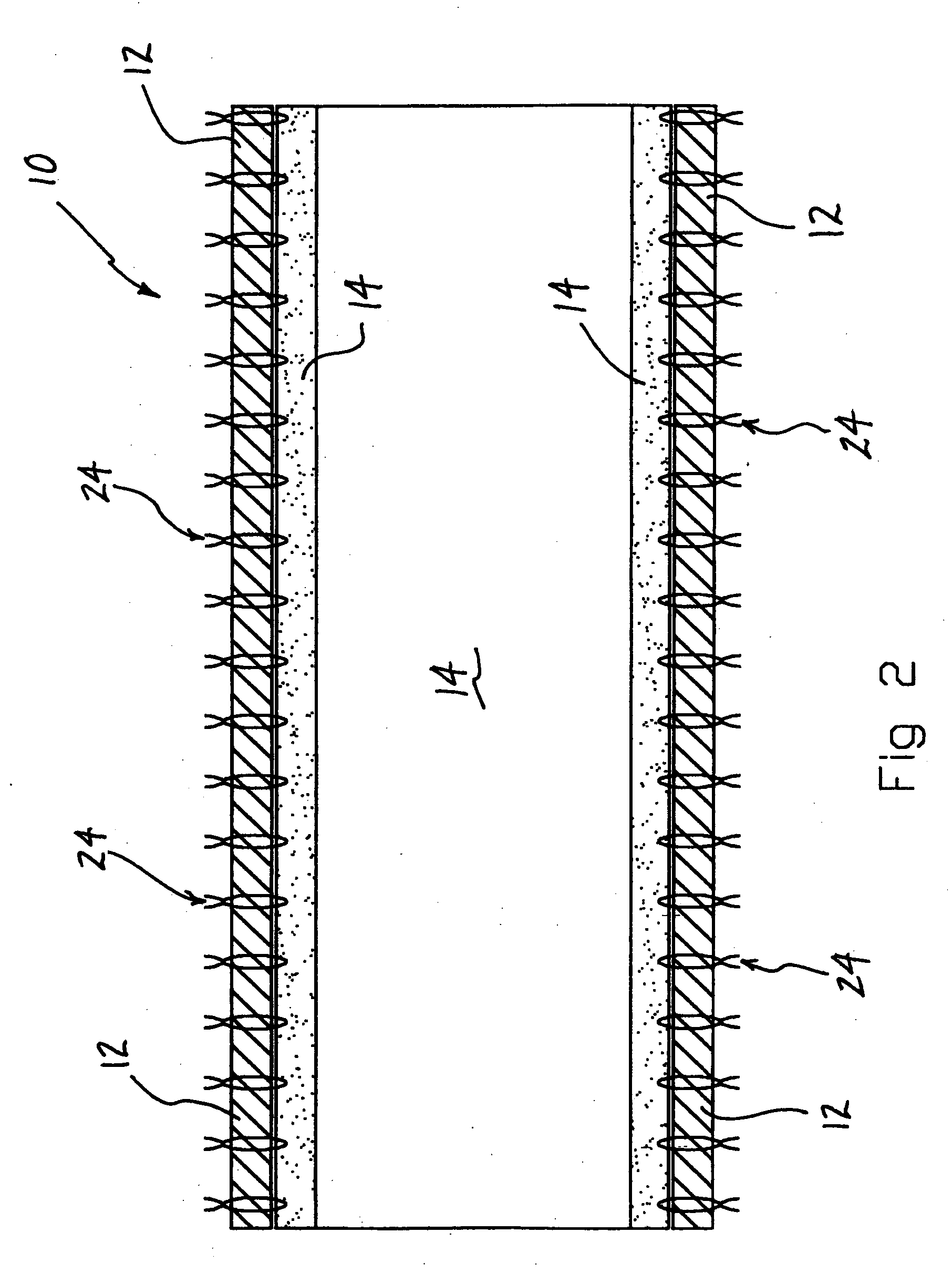Systems and methods for overcoming or preventing vascular flow restrictions
a technology of vascular flow and limiting factors, applied in the field of overcoming or preventing vascular flow restrictions, can solve the problems of vascular stenosis, state-of-the-art techniques and devices, failing to adequately answer the vexing problem of maintaining blood flow through blood vessels, and thrombolytics failing to restore blood flow in the affected vessel in about 30% of patients, so as to achieve the effect of improving blood flow
- Summary
- Abstract
- Description
- Claims
- Application Information
AI Technical Summary
Benefits of technology
Problems solved by technology
Method used
Image
Examples
Embodiment Construction
[0085] Illustrative embodiments of the present invention are described below. In the interest of clarity, all features of an actual implementation may not be described in this specification. It will of course be appreciated that in the development of any such actual embodiment, numerous implementation-specific decisions must be made to achieve the developers' specific goals, such as compliance with business-related constraints, which may vary from one implementation to another. Moreover, it will be appreciated that such a development effort might be complex and time-consuming, but would nevertheless be a routine undertaking for those of ordinary skill in the art having the benefit of this disclosure.
[0086] The present invention provides systems and methods for overcoming or preventing vascular flow restrictions which involve minimizing (if not eliminating) the extent to which blood interfaces with a structural element deployed within or about a diseased vessel to restore blood flow...
PUM
 Login to View More
Login to View More Abstract
Description
Claims
Application Information
 Login to View More
Login to View More - R&D
- Intellectual Property
- Life Sciences
- Materials
- Tech Scout
- Unparalleled Data Quality
- Higher Quality Content
- 60% Fewer Hallucinations
Browse by: Latest US Patents, China's latest patents, Technical Efficacy Thesaurus, Application Domain, Technology Topic, Popular Technical Reports.
© 2025 PatSnap. All rights reserved.Legal|Privacy policy|Modern Slavery Act Transparency Statement|Sitemap|About US| Contact US: help@patsnap.com



